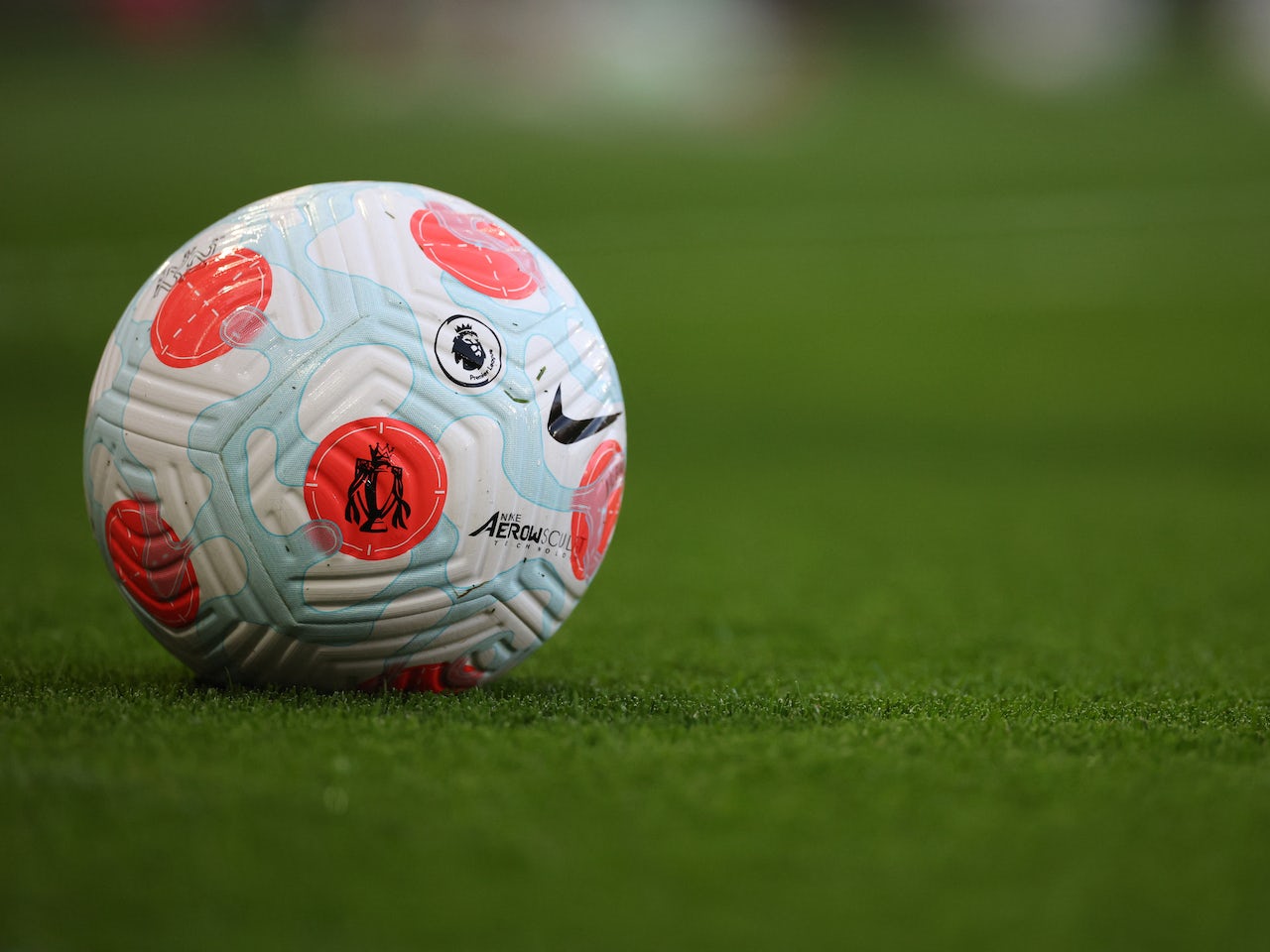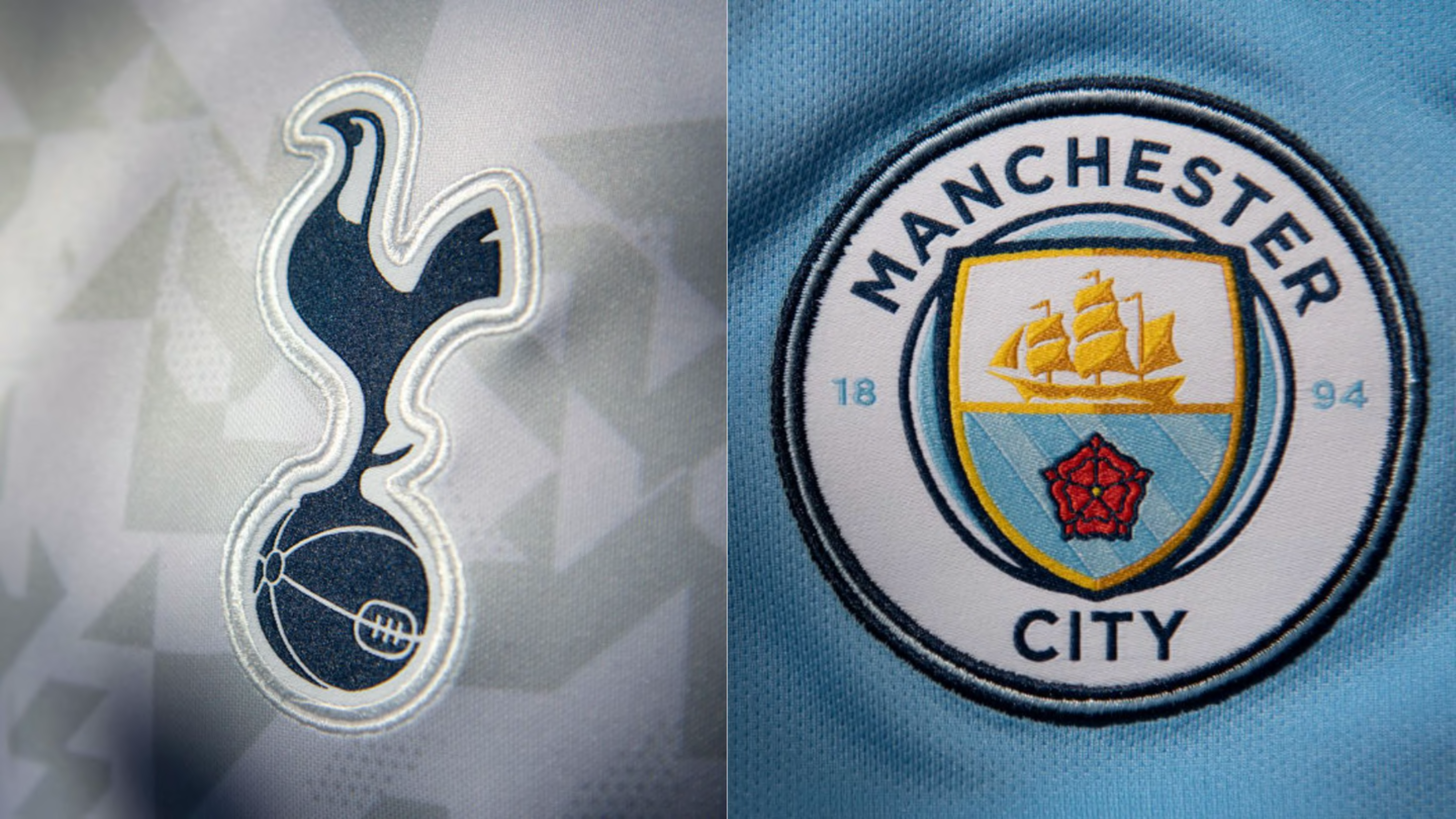As we near the halfway point of the 2022 season, some of our favorite starting pitchers are still giving us heart palpitations. Riding out a struggling starter in the early stages of the season is in line with convention, but aren’t we past that point? Shouldn’t the numbers have normalized by now? Can’t we cut our losses and move on with our lives?
Sorry, but it doesn’t work that way. Struggles aren’t limited to April, and fakeouts don’t go in only one direction. The evaluation process is constant, and at every stage of the season, there will be pitchers who invite second-guessing. They may not be as plentiful as at the start, but they never go away.
These six are among the greatest sources of angst lately. For each, I rate my concern level using a traffic light theme, green being of minimal concern, yellow of moderate and red of the most severe.
Jose Berrios
One look at Berrios’ 5.86 ERA would suggest he’s been an out-and-out disaster this year, but it’s a little more complicated than that. His last two starts were a dumpster fire, yes, but the three that proceeded them were everything you’d expect from an ace — all seven innings or more with a combined six earned runs, 26 strikeouts and three walks in 22 innings. In fact, among his 15 starts so far, he’s allowed five earned runs or more in five but also two earned runs or fewer in six.
I could be missing the forest for the trees here seeing as his struggles aren’t just confined to his ERA, but he’s always had a tendency to run hot and cold, enduring an 18-game stretch with a 4.61 ERA in 2017, a 16-game stretch with a 4.63 ERA in 2018 and a 10-game stretch with a 5.83 ERA in 2019. Last season was an outlier in its consistency, and yet we’ve valued Berrios about the same in Fantasy year after year. I think we’ve seen enough of the good this year to trust he’s not a fundamentally changed pitcher, and while he’s planted firmly on my bench right now, I continue to trust in the track record, complete with its ups and downs.
Lance Lynn
We were all so patient waiting for Lynn to recover from his torn meniscus, and now three starts into his return, it still has yet to pay off. So is the 35-year-old showing his age? Did the injury ruin him? Has Lynn duped us with his whole angry Viking demeanor? Or is the simplest explanation, rust, still the likeliest? After all, he threw only 10 innings on his minor-league rehab assignment after being shut down for months. Though his velocity has lagged by more than a mile per hour, it inched up in his latest start, in which he registered a whopping 23 swinging strikes. That’s enough to convince me he’s trending the right direction even if the final result of that start (five earned runs in 6 2/3 innings) was less than optimal.
The whole thing, complete with the diminished velocity, reminds me a bit of Zack Wheeler’s hurried return after a sore shoulder sidelined him for all of spring training. If you sold him short because of an 8.53 ERA after his first three starts, you’d have missed out on the 1.60 ERA he’s had since.
Lucas Giolito
As with Berrios, track record would be a sufficient enough argument for Giolito, who’s been regarded as a top-20 starting pitcher since Game of Thrones was still in full swing. But the case is easier to make for Giolito given that his 13.3 percent swinging-strike rate is still elite, his 10.8 K/9 is in line with career norms, and his 3.72 xFIP is actually a little bit better than last year’s 3.75 mark.
There’s no question he’s been hit harder this year, which accounts for the bloated home run rate, and with the decline in spin rate on his fastball, in particular, it’s possible that’s a new vulnerability for him. Or he may simply be missing his spots, as evidenced by his walk rate being up a little. Bottom line is that whatever’s gone wrong for him lately, it’s more than likely just a blip, and his latest outing Monday, in which he allowed two earned runs in six innings, could be the start of a turnaround. Some perspective for you: While Giolito may have a 5.19 ERA now, it was 3.88 as recently as three starts ago.
MacKenzie Gore
Gore made for a great story at the start of the year, a former elite prospect who had rediscovered his form after seeing his stock crash last year. But the nature of that crash is worth exploring here. His mechanics are complicated, in part because of the high leg kick that also fuels his success, and when they got out of whack, his velocity went down and his control suffered.
So what’s happened in his past three starts? His velocity has gone down — a little bit more each time, in fact — and his control has suffered, resulting in more walks (11) than strikeouts (eight). Hopefully, he knows how to pull out of the tailspin this time, but given the way things went down for him last year, he’s a clear sit for now.
Kyle Wright
Twenty-one hits over a two-start stretch is sure to raise some eyebrows even if Wright has done a respectable job limiting the damage. You know what’s helped? Allowing just one home run between those two starts — and still only five all season. His 52.8 percent ground-ball rate, good for sixth among qualifiers, helps keep him in the game even on days when he’s burned on balls in play. It doesn’t make him a Fantasy asset on its own, but combine it with his career-best 12.4 percent swinging-strike rate, a mark that remains pristine even as his other numbers have eroded, and it’s an easy formula for success.
It doesn’t change that he has a 3.98 ERA, 1.30 WHIP and 8.6 K/9 since the end of April (mostly because of those last two starts), but even if a Men in Black neuralyzer erased that entire first month from my memory, Wright’s underlying numbers would have me targeting him for a midseason breakthrough.
Eric Lauer
Though the last three starts probably stand out most to people who’ve stuck with Lauer, I’ve viewed him as being in free-fall mode for about seven starts now. Sure, the first of those starts was a gem by all traditional measures, namely the seven shutout innings, but it was also the start in which his early-season velocity gains went missing. His swinging-strike rate, which was an inspiring 14.2 percent in his first six starts, has been a pathetic 6.9 percent in the last seven.
Both it and the velocity ticked up a little bit in his latest start, poor though the result was, which I guess is something to keep an eye on. Still, if the recurring theme in this column is “when in doubt, trust the track record,” then the safe money says Lauer’s more recent form is his truer one, which makes him not at all a safe commodity going forward.
Note: This article have been indexed to our site. We do not claim legitimacy, ownership or copyright of any of the content above. To see the article at original source Click Here













